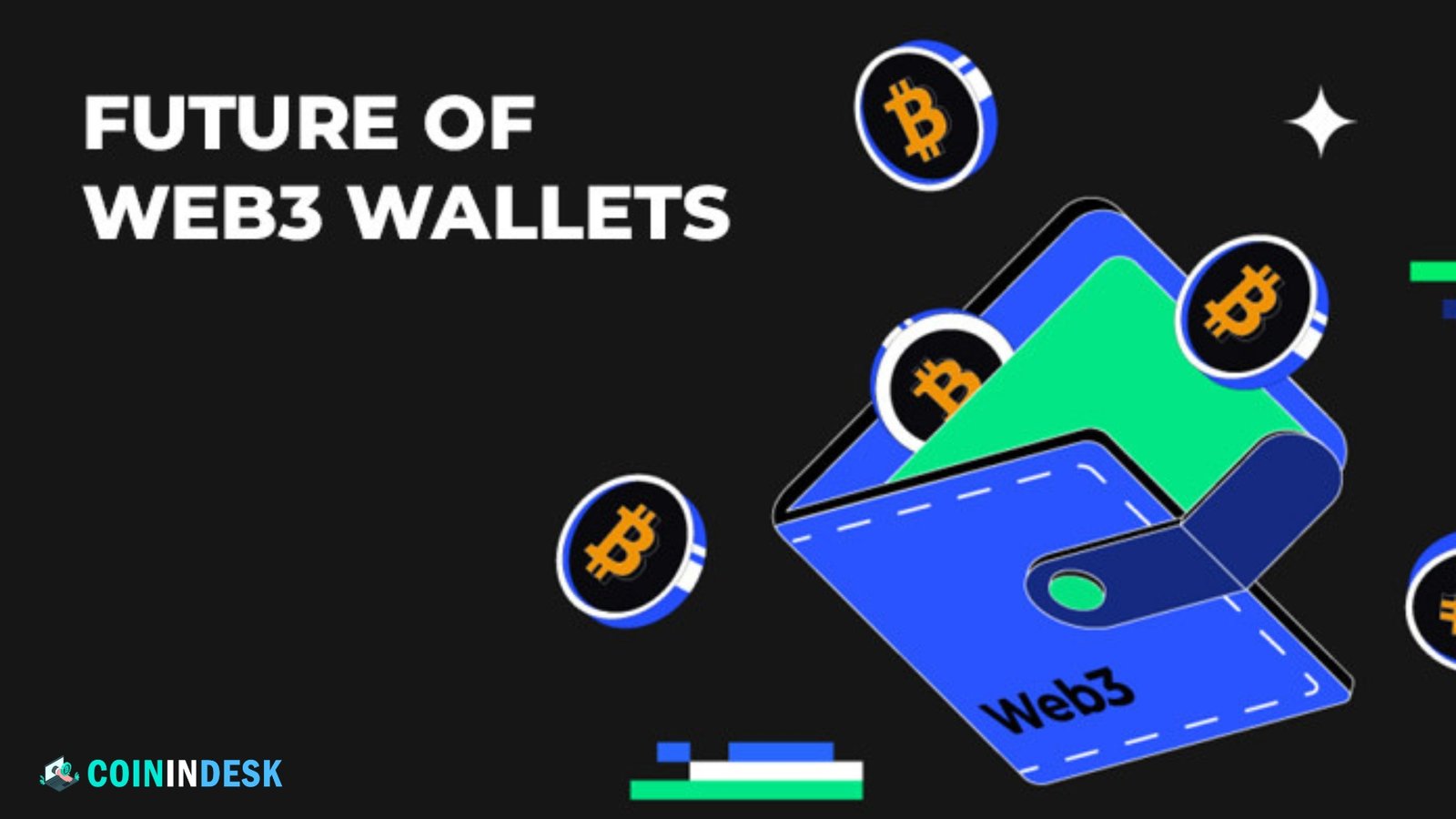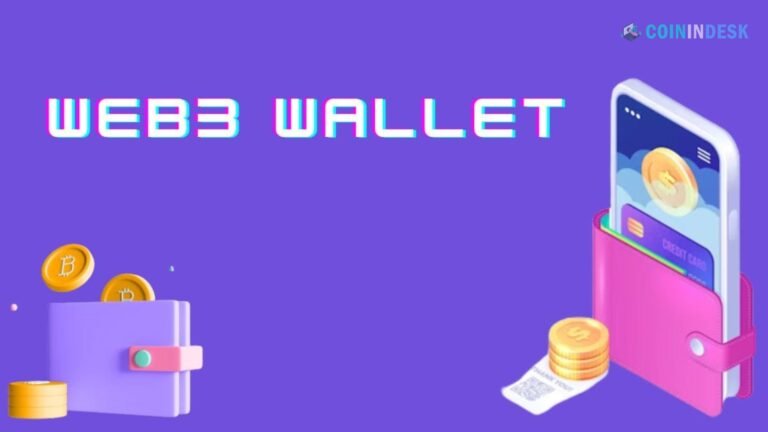Web3 Wallets: The digital landscape is undergoing a significant transformation with the advent of Web3, a decentralized internet powered by blockchain technology. Central to this new paradigm are Web3 wallets, the gateways to a decentralized world. These wallets are not merely storage for digital assets but the critical enablers of decentralized applications (dApps), decentralized finance (DeFi), and the broader Web3 ecosystem. This article explores the evolution, importance, and future potential of Web3 wallets.
Understanding Web3 Wallets
A Web3 wallet is a digital wallet allows users to interact with the blockchain. Unlike traditional digital wallets, often tied to centralized entities like banks or financial institutions, Web3 wallets operate decentralized. They give users complete control over their private keys, ensuring they are the sole custodians of their assets and data.
Web3 wallets come in various forms, including software, hardware, and browser extensions. Each type serves different user needs, from everyday transactions to long-term asset storage.
Key Features of Web3 Wallets
- Decentralization: Web3 wallets are not controlled by any central authority. This decentralization ensures that users have complete control over their assets and transactions without intermediaries.
- Private Key Management: The most critical aspect of any Web3 wallet is private key management. Users are responsible for securing their private keys, essential for accessing and managing their digital assets.
- Multi-Chain Support: As the blockchain ecosystem grows, so does the need for wallets that support multiple blockchains. Many Web3 wallets now offer multi-chain support, allowing users to manage assets across different blockchain networks from a single interface.
- Integration with dApps: Web3 wallets are designed to integrate with decentralized applications seamlessly. This integration enables users to interact with dApps directly from their wallets, participating in DeFi, NFT marketplaces, and other blockchain-based activities.
- Security Features: Security is paramount in the Web3 space. Web3 wallets often incorporate advanced security features such as biometric authentication, multi-signature wallets, and hardware wallet integration to protect users’ assets.
The Evolution of Web3 Wallets
The concept of digital wallets has been around since the inception of Bitcoin in 2009. However, these early wallets were rudimentary, primarily serving as storage for Bitcoin. The need for more sophisticated wallets became apparent as the blockchain ecosystem expanded with the introduction of Ethereum and smart contracts.
First Generation: Bitcoin Wallets
The first generation of digital wallets was explicitly designed for Bitcoin. These wallets were straightforward, allowing users to store and transfer Bitcoin. The primary focus was security and ease of use, with private key management being the central feature.
Second Generation: Ethereum and Smart Contracts
The launch of Ethereum in 2015 marked the beginning of the second generation of digital wallets. Ethereum introduced smart contracts, enabling the development of decentralized applications. This shift necessitated wallets that could interact with smart contracts, creating Ethereum-compatible wallets like MetaMask.
Third Generation: Multi-Chain Wallets
The need for multi-chain wallets grew as the blockchain landscape became more diverse, with new blockchains like Binance Smart Chain, Polkadot, and Solana emerging. These wallets allow users to manage assets across different blockchains from a single interface, making participating in the broader Web3 ecosystem easier.
Current Generation: Cross-Platform and Multi-Functional Wallets
Today, Web3 wallets are evolving into cross-platform, multi-functional tools that integrate seamlessly with various blockchain networks and dApps. These wallets offer features like staking, lending, and borrowing, allowing users to engage in DeFi activities directly from their wallets. They also support non-fungible tokens (NFTs), enabling users to store, manage, and trade digital collectibles.
The Role of Web3 Wallets in Decentralized Finance (DeFi)
One of the most significant use cases for Web3 wallets is in decentralized finance (DeFi). DeFi platforms offer financial services like lending, borrowing, and trading without intermediaries, relying instead on smart contracts on the blockchain. Web3 wallets serve as the primary interface for users to interact with these platforms.
- Access to DeFi Protocols: Web3 wallets allow users to access a wide range of DeFi protocols. Users can lend their assets, earn interest, and participate in yield farming or staking, all from their wallets.
- Liquidity Provision: Many DeFi platforms require users to provide liquidity to various pools. Web3 wallets facilitate this by enabling users to transfer assets into liquidity pools and earn rewards seamlessly.
- Token Swaps and Trading: Decentralized exchanges (DEXs) have become a cornerstone of the DeFi ecosystem. Web3 wallets enable users to perform token swaps and trades directly from their wallets without relying on centralized exchanges.
- Governance Participation: DeFi platforms often operate as decentralized autonomous organizations (DAOs), where token holders decide governance. Web3 wallets enable users to participate in governance by voting on proposals directly from their wallets.
Challenges and Future Outlook
While Web3 wallets offer numerous advantages, they are not without challenges. The most significant challenge is security. Since users are responsible for managing their private keys, any loss or theft of these keys can result in the permanent loss of assets. Additionally, the complexity of using Web3 wallets can be a barrier for non-technical users.
Another challenge is scalability. As blockchain networks grow, the demand for faster and more efficient transactions increases. Web3 wallets must keep pace with these developments to ensure a smooth user experience.
Despite these challenges, the future of Web3 wallets looks promising. As the Web3 ecosystem evolves, we expect further wallet design, usability, and security innovations. For example, integrating decentralized identity (DID) solutions into Web3 wallets could give users greater privacy and control over their data.
Moreover, as more people become aware of the benefits of decentralization, the adoption of Web3 wallets is likely to increase. The growing popularity of NFTs, DeFi, and other Web3 applications will drive this adoption.
Conclusion
Web3 wallets are more than just tools for storing digital assets; they are the gateways to a decentralized internet. They empower users to interact with the blockchain, participate in decentralized finance, and engage with various dApps. As the Web3 ecosystem continues to grow, the importance of Web3 wallets will only increase, making them a crucial component of the digital future.


